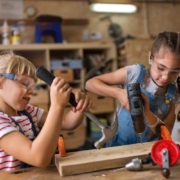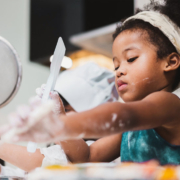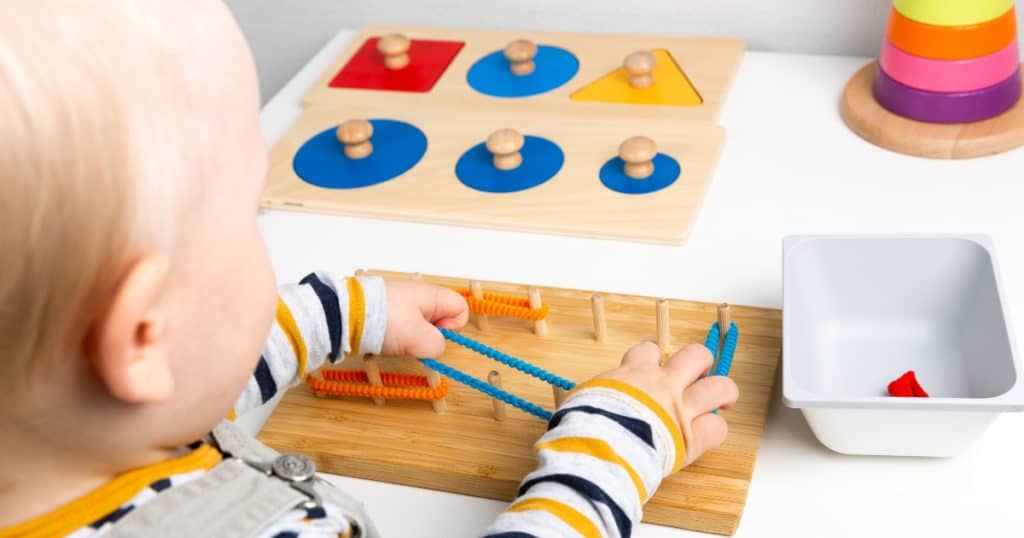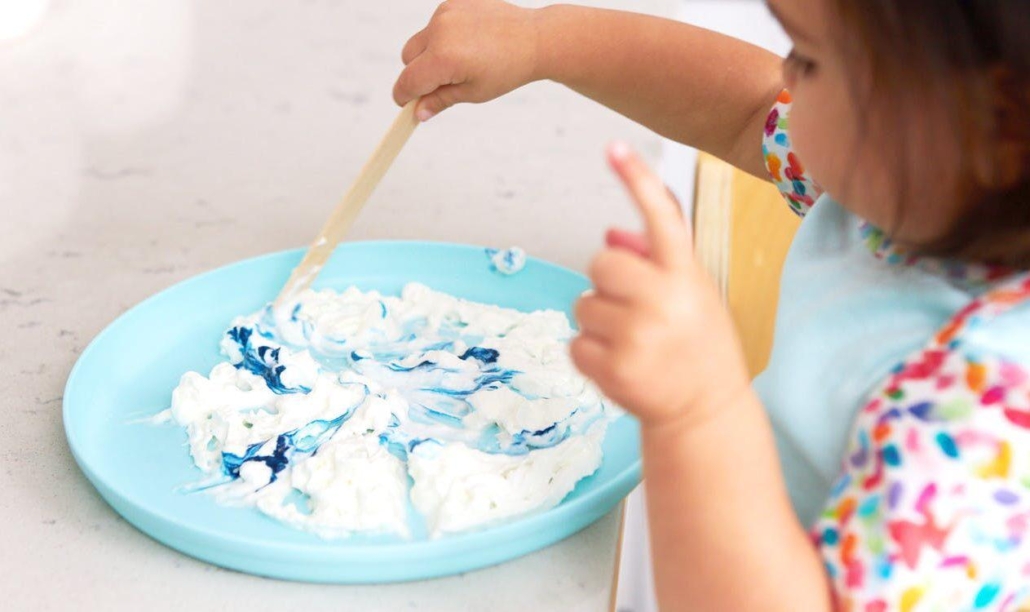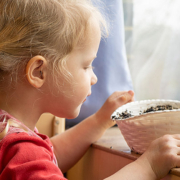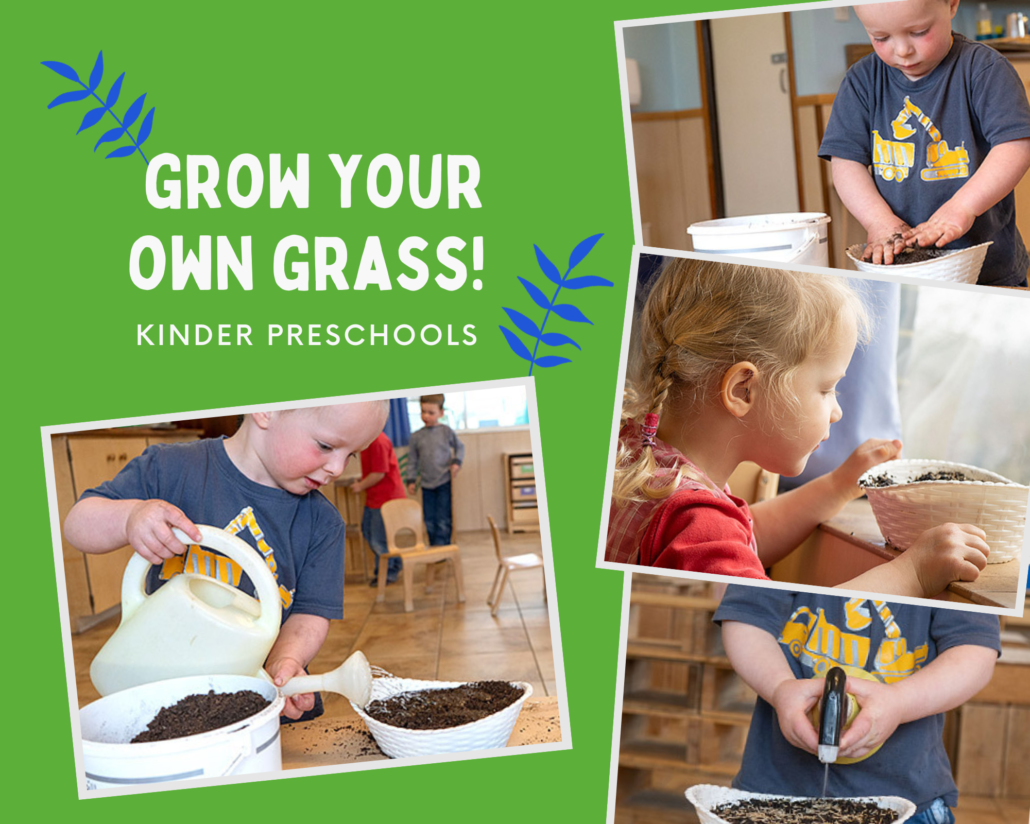With the advent of mobile phones and tablets, it’s important to remember off-screen time is just as important as tech learning for your child. In response to the increase in interest in woodworking, parents and teachers are dusting off the workbench and digging out those forgotten DIY tools.
The benefits of woodworking for a child’s learning and development are monumental across all areas of the curriculum. Some teachers who offer woodwork regularly have noticed increased levels of engagement and continuous concentration for task-based assignments. It can also help to engage a child’s fine motor skills and expressive creativity for a better understanding of the world.
Woodworking provides such a profound learning experience, there’s no wonder why children want to spend hours on end at the workbench without even realising it. However, even with all the benefits there has still been a significant decline in both primary and secondary schools offering woodworking, with less than half of the students ever using tools for educational purposes.
However, with the interest in crafting and up-cycling becoming more trendy – woodworking seems to be taking its rightful place back in the curriculum giving children the experience of repairing, building and repurposing. An added benefit is that they are simultaneously learning about the damage of human consumption, proper disposal of materials and eco-friendly living. And yes, woodworking could potentially get your child outside of the classroom for hands-on learning in a woodland environment.
Woodworking is at the heart of personal development for children – working with their hands, tinkering, moulding, constructing things and transforming them into something new.
Doing this builds their self-esteem and confidence. It can add to a child’s sense of responsibility – as they may be working with real tools – and a sense of accomplishment once a new skill is mastered and a task completed. Plus, the pride in showing off their creations is a reward in itself.
Woodworking is truly a special activity. Think about the smell of fresh cut wood, the textures, the grooves and natural material. Using tools to create something by hand. Hammering and sawing away at something to express imagination. There really is nothing like it, give it a try and enjoy the hours of endless creative possibility.

